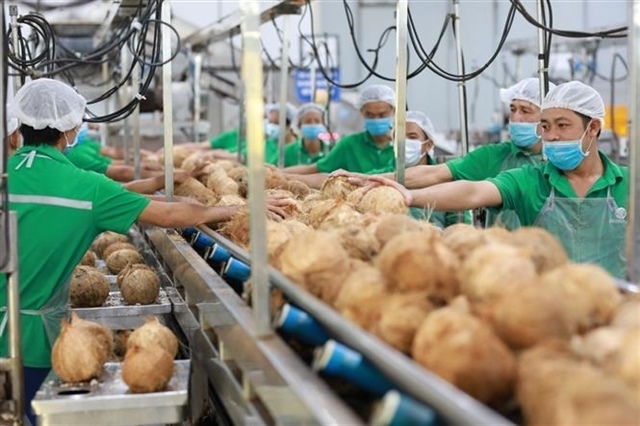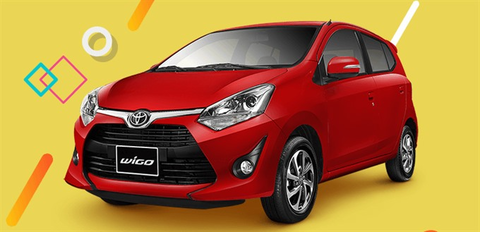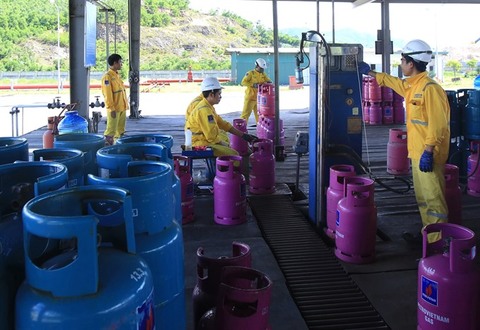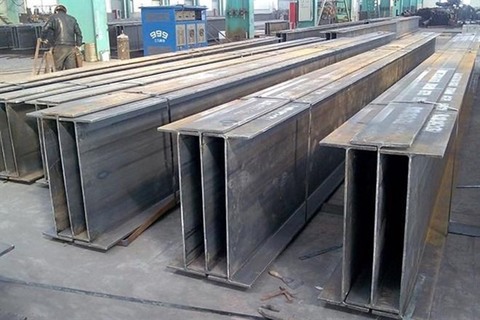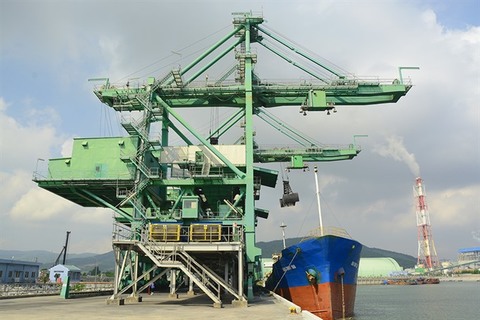Mitsubishi’s ambitions to produce “Made in Vietnam” cars
Mitsubishi’s ambitions to produce “Made in Vietnam” cars
Japanese automaker Mitsubishi has set the target to set up full-scale production in Vietnam and produce a car truly made in Vietnam.
Mitsubishi Motors looks to expand beyond simple vehicle assembly in Vietnam and move to full-scale local production, including procuring parts from within the country, as the Japanese automaker commits to enhancing its already considerable presence in Southeast Asia and Vietnam.
"To be a true winner, we must develop production and exports to a certain level in each country," CEO Osamu Masuko said during his trip to Thailand.
The automaker jointly operates an assembly plant in Vietnam with trading house Mitsubishi Corp. However, the Vietnamese operations will not simply be limited to assembly in a "knock-down kit" production method, Masuko said. Sourcing more materials locally would let the company handle more upstream processes for components.
The automaker aims to lift regional unit sales to 310,000 by the 2019 fiscal year. In Thailand, where the government is promoting electric vehicles, Mitsubishi Motors plans to begin the production of plug-in hybrids as early as 2020. The company will file documents this year for approval by the government.
The Triton pickup and Mirage compact have sold briskly in Southeast Asia, and the trucks accounts for 15 per cent of Mitsubishi Motors' global unit sales.
The Xpander minivan, a seven-seat car produced in Indonesia with the appearance of a sport utility vehicle, has been hugely popular as well.
The Outlander is the only model of Mitsubishi Motors Vietnam produced locally since its release in January 2018, while other products are imported from Thailand and Indonesia.
Mitsubishi’s sold about 600 cars per month on average in Vietnam during the first nine months, according to a Vietnam Automobile Manufacturers Association (VAMA) report, with the Outlander and Triton selling best.
This is far lower than other bands which also assemble or import, such as compatriot Toyota (more than 4,500 cars per month), Mazda (more than 2,500), Kia (about 2,200), and Honda (2,000).
In the upcoming time, Mitsubishi Vietnam may compete with the domestic brand VinFast, which set the target to reach a localisation rate of more than 40 per cent and to begin exporting to Southeast Asia after a while. VinFast plans to offer diverse products from inexpensive (Fadil) to upscale (Lux) vehicles.
Besides, Truong Hai Automobile Company (Thaco) has reached the localisation rate of 15-25 per cent for cars, 35-45 per cent for trucks, and 60 per cent for buses. Thaco’s buses are exported to several ASEAN countries, such as Thailand and the Philippines, with Cambodia, Singapore, and Taiwan as the next targets.
According to statistics from the Ministry of Industry and Trade (MoIT), until 2018, the domestic automobile production featured 173 businesses, most of which are small- and medium-d enterprises.
The total assembly capacity in Vietnam is about 500,000 units per year, 47 per cent of which is accounted for by foreign-invested businesses. Large firms manufacturing and assembling locally take up about 70 per cent of the market.
According to the MoIT, the localisation rate for private cars under nine seats was set to reach 60 per cent by 2010, but the current rate is only 7-10 per cent, with Thaco reaching 15-18 per cent, Toyota Vietnam 37 per cent for the Innova in particular, which is much lower than the target. Meanwhile, the localisation rates in other countries in the region stand at 65-70 per cent, and even at 80 per cent in Thailand.
However, Vietnam still has a great demand for cars and personal vehicles and car makers who can source locally can reduce prices and improve competitiveness.






